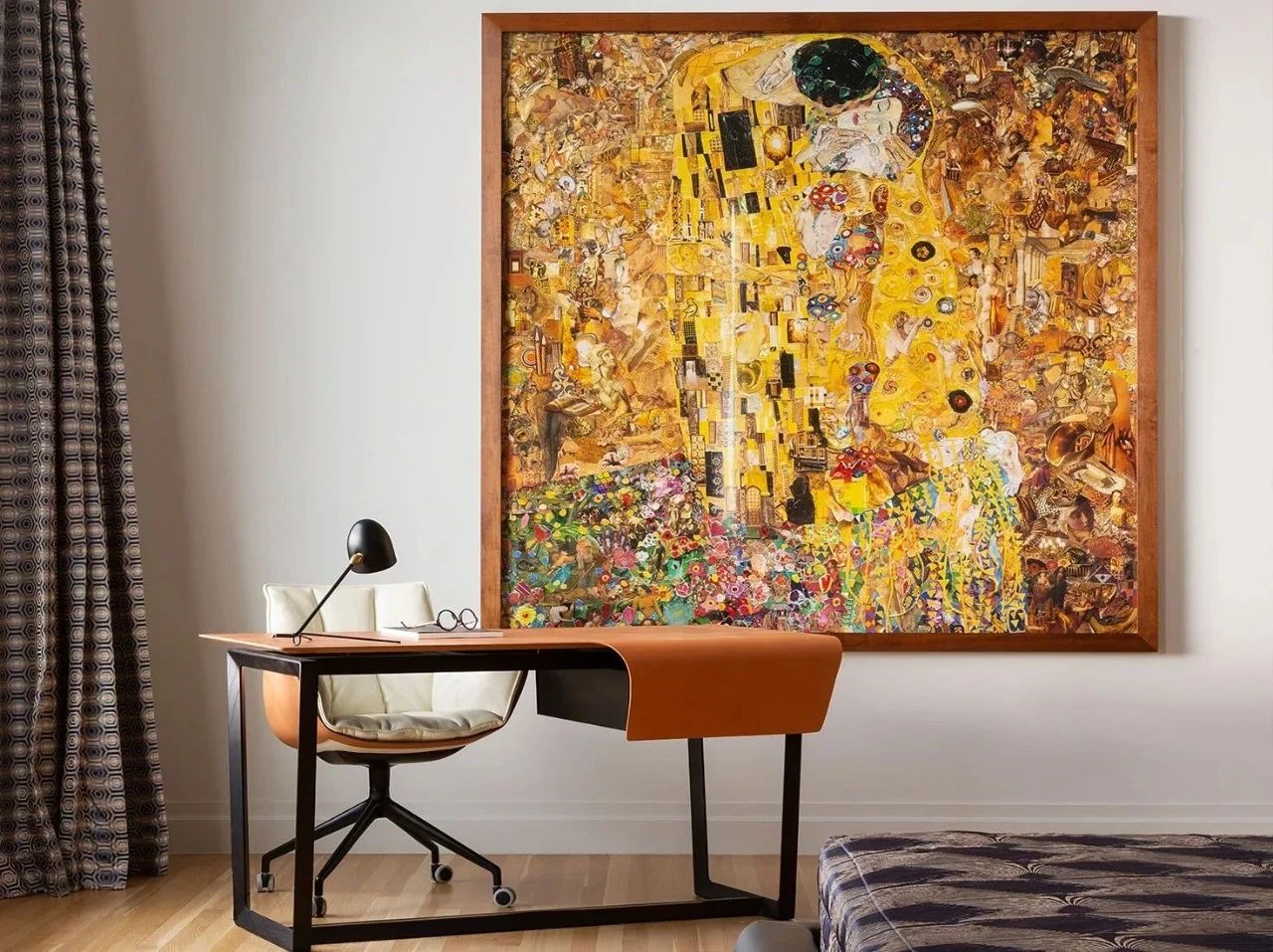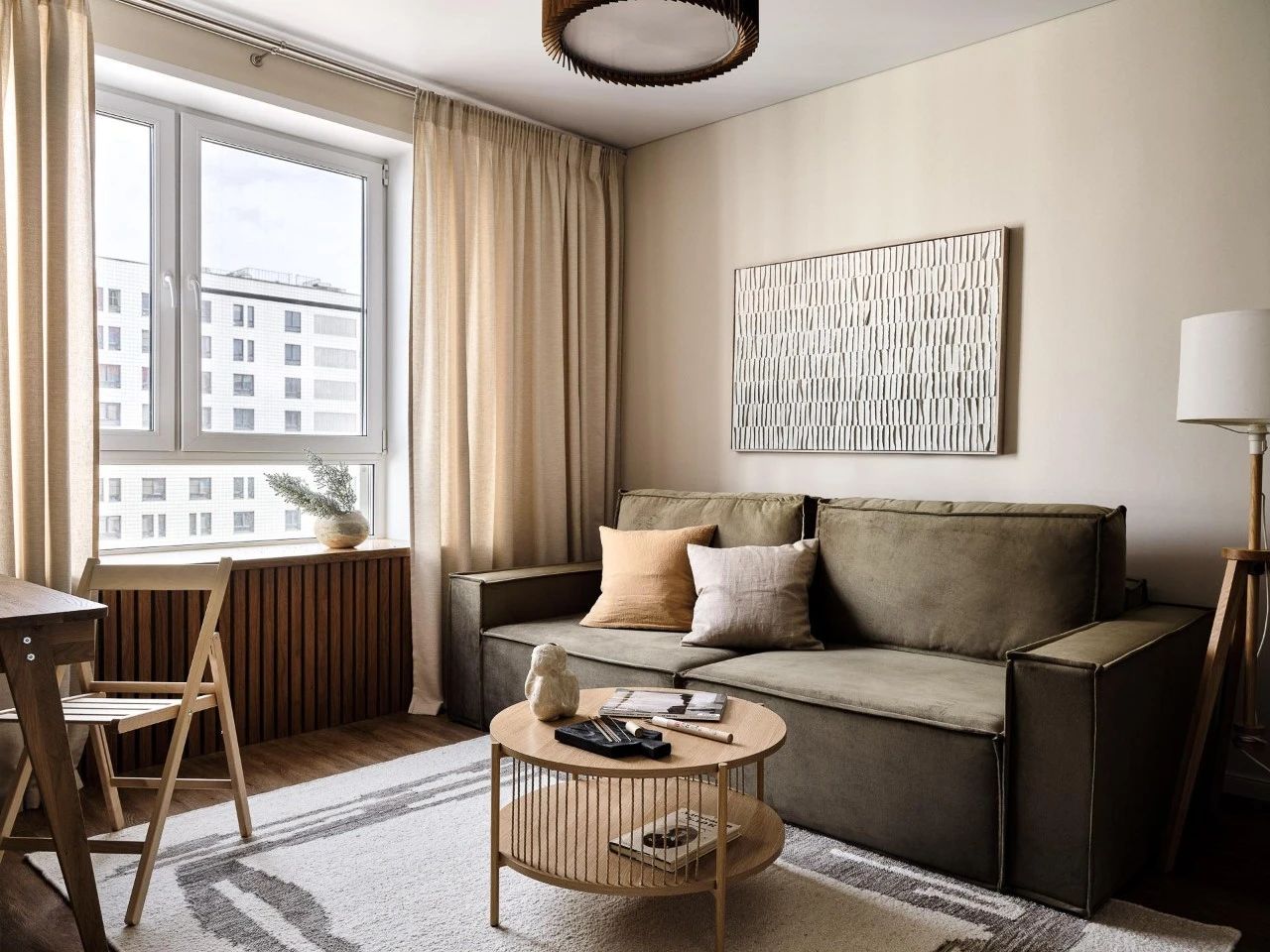Museum Tonofenfabrik Lahr Heneghan Peng Architects
2018-09-03 03:00
架构师提供的文本描述。前托诺芬法里克(克莱烤箱厂)位于历史悠久的德国拉赫尔中心,靠近中世纪城堡的遗迹‘Storchenturm’和中世纪的城墙。在面临全面恶化的危险时,这座被列入名单的建筑被改造成了一座城市博物馆,利用这个具有战略意义的城市位置,为游客和居民创造一个目的地,让他们与拉赫尔的历史和遗产融为一体,就像城市公园的老博物馆永远无法做到的那样。这座旧的工业砖房不仅被改造成了现代博物馆,而且一座新的楼梯塔已经完成了一些不完整的“L”形建筑,形成了一个连贯的新旧组合。
Text description provided by the architects. The former Tonofenfabrik (Clay Oven Factory) is situated in the historic centre of Lahr in Germany, close to the remains of the medieval castle ‘Storchenturm’ and the medieval town wall. In danger of complete deterioration, the listed building has been reinvented as a City Museum utilizing this strategic urban location to create a destination for tourists and residents alike involving them with the history and heritage of Lahr in a way the old museum in the city’s park was never able to. The old industrial brick building was not only transformed into a modern museum, but the somewhat incomplete ‘L’ shaped volume has been completed by a new stair tower forming a coherent ensemble of old and new.
Text description provided by the architects. The former Tonofenfabrik (Clay Oven Factory) is situated in the historic centre of Lahr in Germany, close to the remains of the medieval castle ‘Storchenturm’ and the medieval town wall. In danger of complete deterioration, the listed building has been reinvented as a City Museum utilizing this strategic urban location to create a destination for tourists and residents alike involving them with the history and heritage of Lahr in a way the old museum in the city’s park was never able to. The old industrial brick building was not only transformed into a modern museum, but the somewhat incomplete ‘L’ shaped volume has been completed by a new stair tower forming a coherent ensemble of old and new.
红色混凝土中的新楼梯塔不仅通过展览创造了一个新的无缝线路,而且与现有建筑及其烟囱将整体转化为一个高度可识别的、几乎标志性的城市空间中的存在,迅速成为城市身份的一个组成部分
The new stair tower clad in red concrete does not only create a new seamless loop through the exhibition but together with the existing building and its chimney transforms the ensemble into a highly recognisable, almost iconic presence in the urban space that quickly has become an integral part of the city’s identity
The new stair tower clad in red concrete does not only create a new seamless loop through the exhibition but together with the existing building and its chimney transforms the ensemble into a highly recognisable, almost iconic presence in the urban space that quickly has become an integral part of the city’s identity
除了展示拉赫尔及其居民的多层历史外,博物馆周围公共空间的重新开发完成了城市整体,最终使拉赫尔中心的重要历史层和结构再次变得清晰起来。
In addition to the presentation of the multi-layered history of Lahr and its inhabitants within the building, the redevelopment of the public space surrounding the museum completes the urban ensemble, finally allowing important historic layers and structures in the centre of Lahr to become legible once more.
In addition to the presentation of the multi-layered history of Lahr and its inhabitants within the building, the redevelopment of the public space surrounding the museum completes the urban ensemble, finally allowing important historic layers and structures in the centre of Lahr to become legible once more.
这座建筑的设计打开了街角的历史性大门,创造了一个欢迎的入口,同时将底层向外扩展到城市广场,利用北面两个新建的洞口。城市和建筑之间的这种可渗透的界面在城市内建立了一个重要的目的地,它不仅是一个博物馆,而且是一个经常举办当地聚会和活动的地方。
The design for the building opens the historic gate at the street corner to create a welcoming entrance while expanding the ground floor outwards into the urban plaza, utilizing two newly created openings in the northern façade. This permeable interface between city and building establishes an important destination within the city that is not only a museum but a highly frequented place for local encounter and events.
The design for the building opens the historic gate at the street corner to create a welcoming entrance while expanding the ground floor outwards into the urban plaza, utilizing two newly created openings in the northern façade. This permeable interface between city and building establishes an important destination within the city that is not only a museum but a highly frequented place for local encounter and events.
为了在内部和公共领域之间继续这种强有力的联系,一楼的房屋主要是公共空间,如门厅、咖啡馆和小博物馆商店。此外,永久性展览的各部分都陈列在这个非标记的区域,作为开胃物,邀请人们参与进来,使城市的历史甚至进一步进入公众视线。楼梯塔在建立清晰且直观的循环过程中发挥了重要作用,该循环引导游客通过展览,并且在红色混凝土FAASade的正式表现中被铰接到外部。
To continue this strong connection between the interior and the public realm, the ground floor houses mainly public space such as the foyer, café and small museum shop. In addition, parts of the permanent exhibition are on display in this non-ticketed area, acting as an appetizer to invite people in and so that the history of the city moves even further into the public eye. The stair tower takes a major role in establishing a clear and intuitive circulation that guides the visitor through the exhibition and which is being articulated to the outside in the formal manifestation of the red concrete façade.
To continue this strong connection between the interior and the public realm, the ground floor houses mainly public space such as the foyer, café and small museum shop. In addition, parts of the permanent exhibition are on display in this non-ticketed area, acting as an appetizer to invite people in and so that the history of the city moves even further into the public eye. The stair tower takes a major role in establishing a clear and intuitive circulation that guides the visitor through the exhibition and which is being articulated to the outside in the formal manifestation of the red concrete façade.
在博物馆内,设计有两种相反的方式:历史悠久的工业建筑中的展区已被巧妙地修复,并限制了最大限度地保留现有织物及其特性。重点在于展示由MuseoConsult和StudioKernland设计的展览本身的五颜六色的各种工艺品。
Within the museum, two opposite approaches characterise the design: The exhibition areas in the historic industrial building have been restored subtly and restrain to preserve a maximum of the existing fabric and its character. The focus lies on the display of the colourful variety of the artefacts in the exhibition itself, designed by MuseoConsult and Studio Kernland.
Within the museum, two opposite approaches characterise the design: The exhibition areas in the historic industrial building have been restored subtly and restrain to preserve a maximum of the existing fabric and its character. The focus lies on the display of the colourful variety of the artefacts in the exhibition itself, designed by MuseoConsult and Studio Kernland.
由于彩色混凝土和尖利的金属栏杆和天花板的巧妙结合,新的流通空间延续了其外部外观的形式语言,并创造了一种空间体验,与展览明亮的白色房间形成鲜明对比-一个有意设计的场所,作为在展览密度之间减少感官体验的休息点。
With its sinuous combination of pigmented concrete and the sharp metallic geometry of the balustrades and ceilings, the new circulation space continuous the formal language of its outside appearance and creates a spatial experience in contrast to the bright white rooms of the exhibition – a place intentionally designed as a resting point of reduced sensory experience in between the density of the exhibition.
With its sinuous combination of pigmented concrete and the sharp metallic geometry of the balustrades and ceilings, the new circulation space continuous the formal language of its outside appearance and creates a spatial experience in contrast to the bright white rooms of the exhibition – a place intentionally designed as a resting point of reduced sensory experience in between the density of the exhibition.
巴登符腾堡博物馆协会主席扬默克(JanMerk)强调了这座建筑在这个由社区机构主导的联邦州博物馆景观中的重要性。他说,该项目是传统和现代的高度成功的结合,履行了博物馆收集、保存和交流的使命,但又充当了知识、娱乐机器和参与平台。
Jan Merk, the president of the Association of the Museums of Baden Württemberg, has highlighted the significance of the building in the museum landscape of the federal state dominated by community-run institutions. He described the project as a highly successful combination of the Traditional and the Modern that fulfils the mission of a museum to collect, preserve and communicate, but furthermore acts as a repository of knowledge, entertainment machine and platform for participation.
Jan Merk, the president of the Association of the Museums of Baden Württemberg, has highlighted the significance of the building in the museum landscape of the federal state dominated by community-run institutions. He described the project as a highly successful combination of the Traditional and the Modern that fulfils the mission of a museum to collect, preserve and communicate, but furthermore acts as a repository of knowledge, entertainment machine and platform for participation.
Architects heneghan peng architects
Lead Architects Shih-Fu Peng, Andreas Dopfer, Kathrin Klaus, Johanna Dreier, Seyhan Özgen
Photographs Thomas Bruns, Ute Zscharnt
 举报
举报
别默默的看了,快登录帮我评论一下吧!:)
注册
登录
更多评论
相关文章
-

描边风设计中,最容易犯的8种问题分析
2018年走过了四分之一,LOGO设计趋势也清晰了LOGO设计
-

描边风设计中,最容易犯的8种问题分析
2018年走过了四分之一,LOGO设计趋势也清晰了LOGO设计
-

描边风设计中,最容易犯的8种问题分析
2018年走过了四分之一,LOGO设计趋势也清晰了LOGO设计


































































































